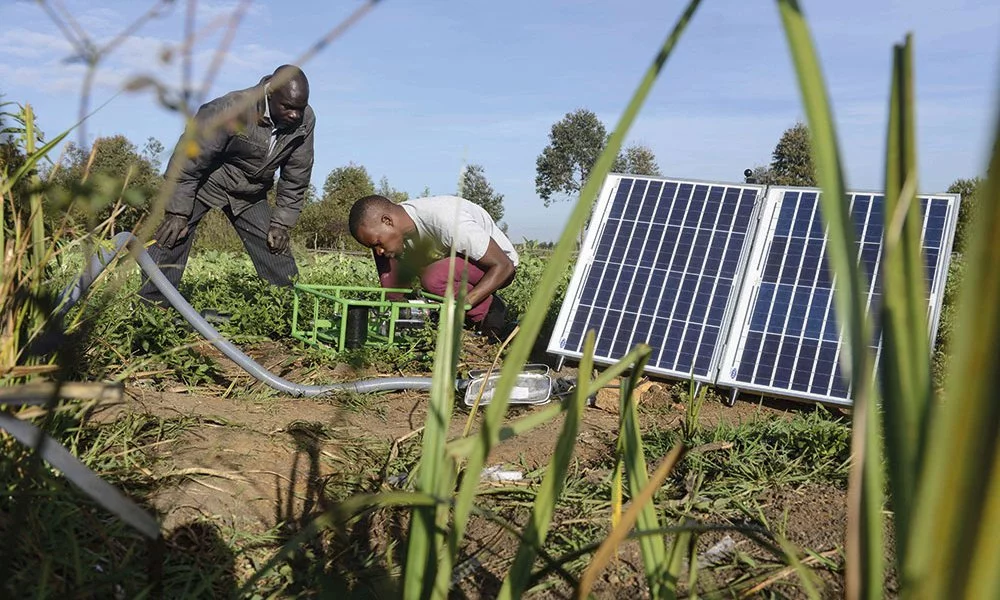
The Ghanaian government is seeking to reduce the agricultural sector’s dependence on rainfall by heavily investing in solar-powered irrigation, seen as a more cost-effective and sustainable solution to boost food production.
Concrete Irrigation Projects
On September 29, the Ministry of Agriculture announced the commissioning of ten boreholes equipped with solar pumps in the northern part of the country. This project, financially supported by the Canadian government, is part of the national “Feed Ghana” initiative. Authorities plan to add fifteen more boreholes between December 2025 and February 2026.
The Minister emphasized that these installations will ensure “reliable access to clean water for irrigation,” enabling year-round vegetable production while improving productivity, incomes, and food security for women farmers.
Two days before this announcement, another major initiative was launched: Energy Minister John Abdulai Jinapor inaugurated the construction of a 1 MW solar power plant in Dawhenya (Greater Accra Region). Financed with $5 million from South Korea, the plant is specifically designed to power the local irrigation system.
According to Mr. Jinapor, this facility will provide reliable energy, reduce reliance on costly diesel generators, and strengthen rice production as well as food security in the region.
An Ambitious National Strategy by 2030
These local projects form part of a broader national strategy to transform irrigation in Ghana. The government aims to equip 400,000 hectares of farmland with solar irrigation systems by 2028, with the planned deployment of 3,500 solar pumps.
The first phase of this program will see 400 solar pumps installed in 2026. The ultimate goal, as outlined by Mr. Jinapor, is to cover 1 million hectares with solar-powered irrigation by 2030.
Accelerating irrigation is critical for Ghana, as it reduces the vulnerability of agricultural production to climate variability—a major challenge for achieving food security and sovereignty. According to FAO data from 2022, only 3% of Ghana’s cultivated land (estimated at nearly 7.4 million hectares) was equipped with irrigation systems at the time.



